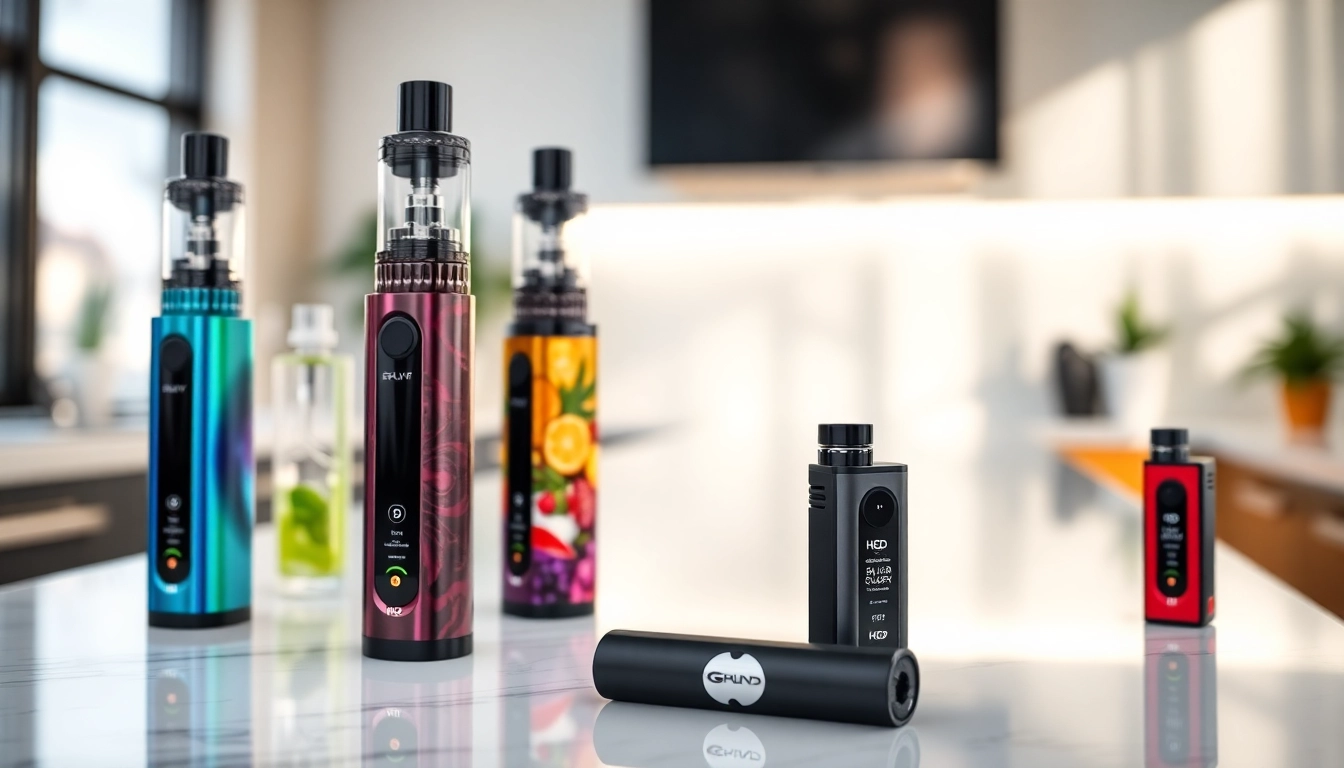Understanding Real Pokemon Cards
What Defines Authenticity in Pokemon Cards?
When it comes to Pokémon cards, authenticity serves as the cornerstone of value and desirability among collectors. Real Pokémon cards are produced by the official Pokémon Company and are characterized by high-quality printing with recognizable features, such as holographic images and specific design elements. Authentic cards will bear the correct trademarks, card numbers, and logos, indicating their status as genuine products. The difference between these authentic cards and counterfeit variations can significantly impact the collectibility and investment potential of a given card.
Common Characteristics of Real Pokemon Cards
Real Pokémon cards have specific characteristics that set them apart from counterfeits:
- Material Quality: Genuine Pokémon cards are made of durable cardstock, which has a specific weight and feel. When held, authentic cards are neither too flimsy nor excessively thick.
- Color Saturation: The color quality on a real card is vibrant and consistent, with no blurry edges or washed-out imagery. Each card should feature artwork that is clear and sharply detailed.
- Printing Techniques: Authentic cards use advanced printing techniques that provide depth and dimension, visible when inspecting the card closely. Common printing errors like off-centered images are often the hallmark of counterfeit cards.
- Symbol and Number Accuracy: Each card has specific symbols (e.g., rarity indicators, energy types) and a unique card number that is consistent with official listings. Cross-referencing these details can help verify authenticity.
Why Authentic Cards Matter to Collectors
For collectors and investors alike, the distinction between real and fake Pokémon cards carries significant weight. Authentic cards not only hold their value better but also offer assurance to buyers regarding the quality and rarity of the item. Collectors are particularly attentive to authenticity because it affects the card’s resale value, trading opportunities, and their overall collection’s integrity. For many, the joy of collecting is rooted in the thrill of owning genuine articles that are traceable to their origin, not replicas or counterfeits. Therefore, investing time in understanding how to identify real Pokémon cards can enhance the enjoyment and financial potential of one’s collection.
Where to Buy Real Pokemon Cards
Best Online Retailers for Authentic Collectibles
When searching for real Pokémon cards, several reputable online retailers stand out. Sites such as Real pokemon cards offer a wide range of options, from the latest sets to vintage classics. Other notable online platforms include:
- Pokémon Center: The official Pokémon Center website often features current expansions, exclusive items, and bundled sets, ensuring that collectors are purchasing authentic merchandise.
- Tcgplayer: Renowned for its vast marketplace featuring both singles and sealed products, Tcgplayer connects buyers with sellers while allowing price comparisons to ensure you’re getting a fair deal.
- eBay: With caution and research, eBay can be a good resource for purchasing cards, provided you buy from sellers who have credible ratings and return policies.
Local Game Stores vs. Online Vendors
While online vendors provide convenience, local game stores (LGSs) present a tactile experience that online shopping cannot replicate. Visiting an LGS allows collectors to inspect cards firsthand, participate in trading events, and foster community connections. Additionally, LGSs often host tournaments and gatherings, making them essential hubs for Pokémon enthusiasts. Conversely, online platforms can offer a broader inventory selection and occasionally better pricing due to lower overhead costs.
Safe Transaction Tips for Purchasing Cards
To ensure safe transactions when buying Pokémon cards online, consider the following guidelines:
- Verify Sellers: Research seller feedback ratings and read customer reviews to gauge previous buyers’ experiences.
- Request Detailed Photos: Ask sellers for clear, high-resolution images of the cards to inspect condition and authenticity before purchasing.
- Use Secure Payment Methods: Always use reputable payment platforms that offer buyer protection policies in case of disputes.
- Understand Return Policies: Familiarize yourself with the seller’s return policy to ensure you can contest if a card turns out to be a fake.
Identifying Fake Pokemon Cards
Common Signs of Counterfeit Cards
As the Pokémon card market flourishes, counterfeit cards have become increasingly sophisticated, making identification challenging yet crucial. Here are some common signs that a card may be fake:
- Texture: Real Pokémon cards have a distinct texture. If the card feels too smooth or overly glossy without a textured finish, it could be a fake.
- Light Test: Authentic cards allow light to pass through them in a specific manner. A simple test involves holding the card up to a bright light; counterfeit cards will often appear opaque or have a different light diffusion compared to genuine cards.
- Alignment: The alignment of printed text and images on counterfeit cards is often poor. Genuine cards have perfectly aligned text and imagery.
- Printing Errors: Frequent printing errors, such as incorrect colors or distorted designs, can indicate a counterfeit card.
How to Test Your Cards for Authenticity
Beyond knowing what to look for, there are several practical steps you can take to test the authenticity of your Pokémon cards:
- The Black Light Test: Using a black light, shine it on the card. Genuine cards often react differently than fakes, revealing patterns only detectable under ultraviolet light.
- Sight Test: Inspect cards under magnification. Authentic cards will show defined layers in their printing, while counterfeits might appear blurry or with overlapped colors.
- Weight Test: Weigh the card against known authentic cards of similar types. Most fake cards have a different weight, which can help in distinguishing them.
Resources for Card Verification
In the quest for authenticity, several resources are invaluable. Online forums such as
r/PokemonTCG on Reddit offer community-based insights and tips on identifying fake cards. Additionally, websites dedicated to Pokémon collecting and trading provide guides and tools for verifying card authenticity. Ultimately, continued education on counterfeit signs will aid collectors in protecting their investments.
Building and Maintaining a Collection
Strategies for Collecting Real Pokemon Cards
Assembling a robust Pokémon card collection necessitates strategy. Following these foundational practices will help optimize your collecting efforts:
- Establish Clear Goals: Define what you hope to achieve with your collection, whether it’s to complete sets, acquire specific cards for gameplay, or simply collect favorites.
- Stay Current with New Releases: Keeping up with the latest expansions and sets ensures that you remain aware of new cards entering the market, allowing you to be proactive in your collecting.
- Network with Other Collectors: Engage with other collectors both online and at local events to find opportunities for trades and purchases that you may not have access to otherwise.
How to Care for Your Cards
Proper card care is essential to maintaining the integrity and value of your collection. Implement these best practices:
- Use Protective Sleeves: Invest in high-quality card sleeves and top loaders to shield your cards from physical damage and environmental factors.
- Avoid Direct Sunlight: Store your collection in a cool, dark place to prevent fading and wear from UV light exposure.
- Handle with Care: Always maintain clean hands when handling cards, and refrain from bending or applying pressure to the cards.
Valuation and Selling Real Pokemon Cards
Understanding the valuation of your Pokémon cards is crucial, especially if you ever plan to sell part of your collection. To effectively gauge the value of your cards:
- Consult Pricing Guides: Utilize price guides specific to Pokémon cards, which can give you an idea of current market values based on recent sales.
- Check Auction Sites: Websites such as eBay can provide insights into what similar cards are currently selling for, aiding in setting your prices competitively.
- Use Professional Grading Services: For high-value cards, consider submitting them for grading through certified services like PSA or Beckett. A higher grade can significantly increase the card’s value.
Engaging with the Pokemon Community
Joining Collector Forums and Groups
Becoming part of the Pokémon collecting community can enhance your experience and knowledge. Various online and local groups exist where collectors can share experiences, trade tips, and offer support:
- Online Forums: Platforms like Reddit and specialized Pokémon forums foster communication among enthusiasts of all levels, allowing for discussions and idea exchange.
- Social Media Groups: Facebook and Discord channels are rich with communities dedicated solely to Pokémon trading and collecting, making it easy to connect with like-minded collectors.
Attending Local Trading Events
Participating in local trading events and tournaments can provide not only opportunities to network but also hands-on experiences to deepen your understanding of the game and collection strategies. These events often allow for trading, showcasing collections, and meeting experienced collectors who can impart valuable advice.
Sharing Your Collection with Others
Finally, sharing your collection with friends, family, and online communities can enhance your experience. Consider showcasing your cards at events, posting pictures on social media, or creating content around your collection, such as unboxings or educational videos. Engaging with others about your interests not only expands your knowledge but often leads to friendship and collaborative opportunities in the worlds of trading and gaming.



